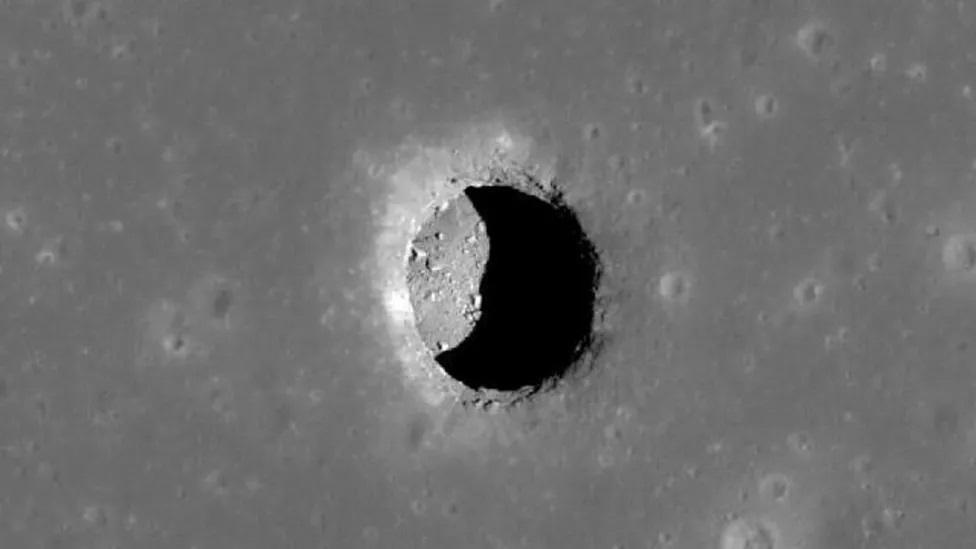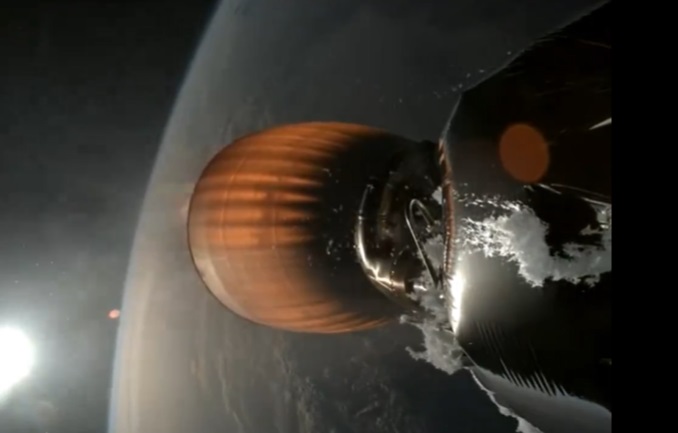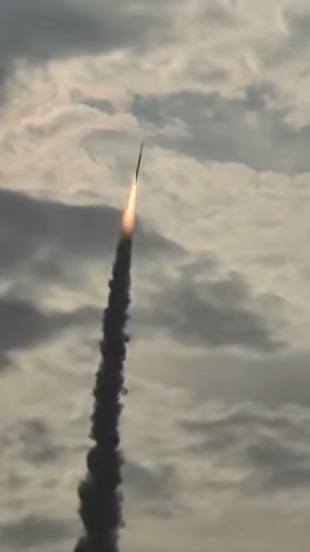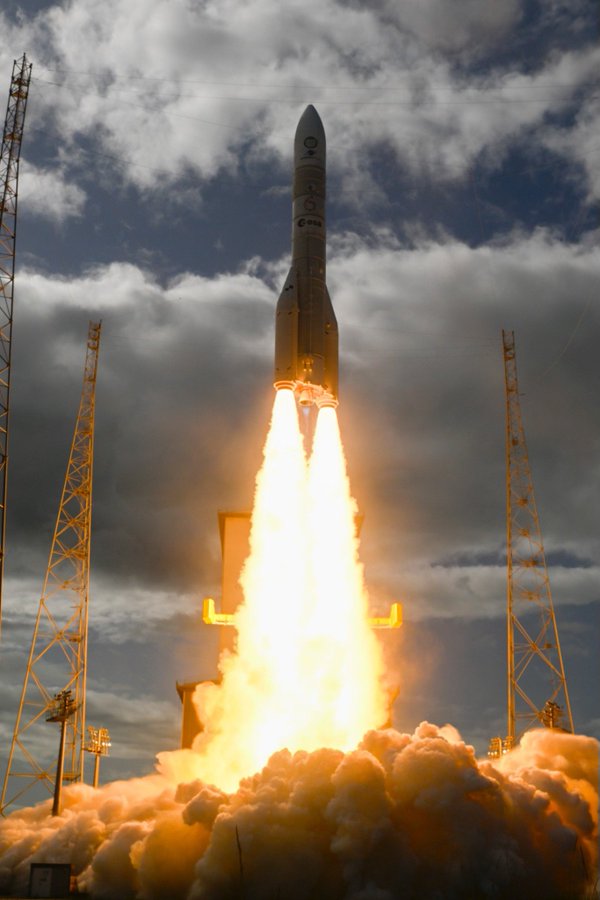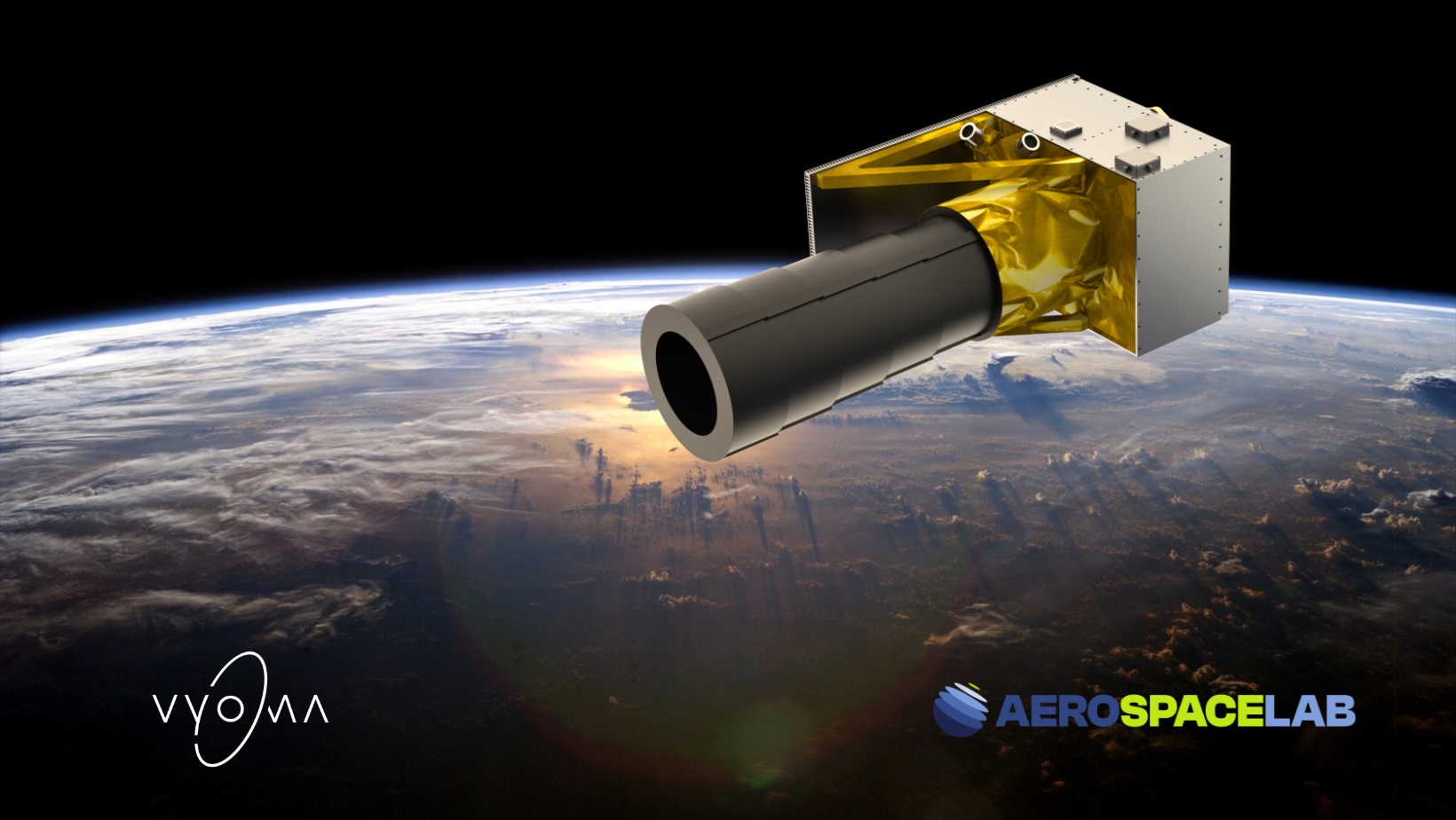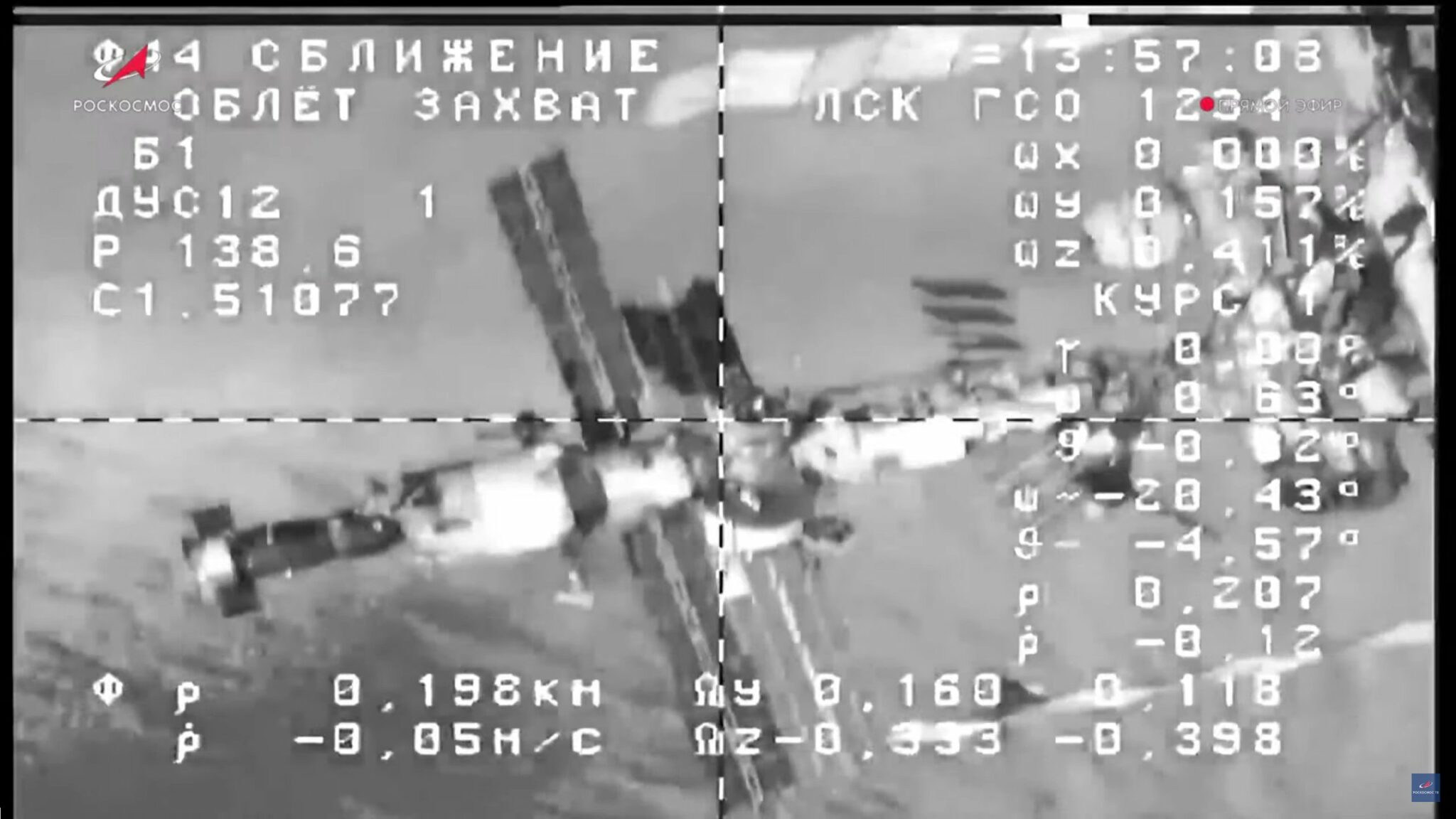After US Congress decided to cancel the human-rating of the Delta IV upper-stage-derived ICPS (Interim Cryogenic Propulsion System) it looked as though the SLS Block 1 rocket (itself delayed until 2020) would only ever fly once on an unmanned flight called EM-1 (Exploration Mission 1). The idea was that all human flights starting from EM-2 onwards would be on the SLS Block 1B using a new more powerful Exploration Upper Stage (EUS) – but not until 2023 at the earliest. However this plan now looks likely to be changed.
Faced with a prospect of development delays to the EUS (especially with its software), and with critics pointing out that later Block 1B and Block 2 versions of SLS may soon be redundant given the rapid development of much cheaper-to-fly commercial heavy lift launch vehicles (HLVs) such as the SpaceX’s Falcon Heavy and BFR and Blue Origin’s New Glenn and New Armstrong, NASA has come to the conclusion that it needs to get the SLS flying astronauts sooner rather than later.
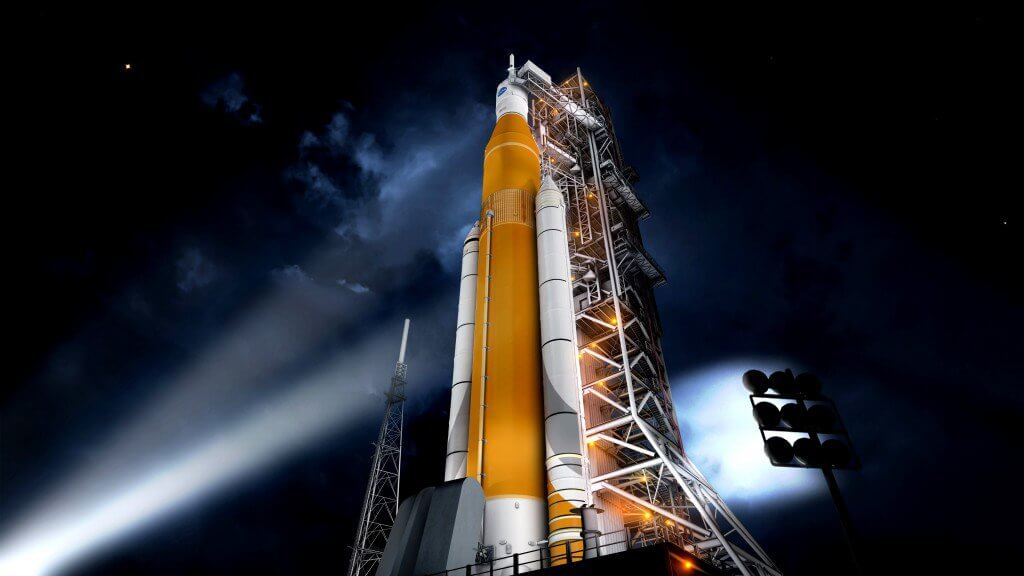
Computer image of SLS Block 1. Courtesy: NASA
Bill Gerstenmaier, NASA’s human future exploration supremo, has reportedly said that the Exploration Mission 2 (EM-2) – the first human flight on the Orion spacecraft – could now be on an ICPS equipped SLS Block 1 – and by implication, flown much earlier than 2023. Gerstenmaier notes that the ICPS was not as expensive to human-rate as first thought.
Comment by David Todd: This is a start. But what is really needed is a decision to use the SLS Block 1 for early human sortie exploration flights along with suitably developed Lunar Surface Access Module (LSAM). This publication has been pressing for this for a long time. This could be done, and there appears to be political pressure for such an early lunar return mission building in the White House. At the very least sortie missions such as these would someway justify the US$18 billion spent on SLS/Orion. SLS would thus find niche as an interim exploration HLV, while also being a back up “insurance” should commercial HLVs falter.
In the meantime, US Congress has voted to give NASA an extra US$350 million to build a second Mobile Launch Platform (MLP) which could allow such a dual SLS launch mission to take place. An initial SLS Block 1 would launch a lander (in unmanned condition) first, followed shortly afterwards by the second launch carrying the astronauts to the Moon in an Orion. These two spacecraft would then rendezvous and dock with each other in lunar orbit followed by a landing of astronauts in the LSAM. This would be followed by an ascent to lunar orbit, a redocking, and a return to Earth by Orion.
Post Script: In spite of the recommendation above, NASA’s current plan is to build a lunar orbiting exploration outpost space station well before any landing attempts on the Moon take place in the late 2020s – some 60 years after the original Apollo landings. As such, it could well be a Chinese flag sown into the space suit of a Chinese moonwalking astronaut “Taikonaut” which is on the lunar surface first. China’s space programme is apparently considering faster less complicated Apollo-class human lunar surface exploration missions like those suggested in the comment section above. At a space conference in Harbin, China, in April, Zhou Jianping, chief designer of China’s manned space programme, has declared that China has the technology to do this. China’s manned space programme has recently asked its general population for design ideas for lunar landing and ascent modules.
Meanwhile, China’s overall space programme controlling body and its equivalent of NASA, the Chinese National Space Administration, has also laid out a plan for an eventual Chinese base on the Moon consisting of a series of interconnected habitation modules for its astronauts. This “lunar palace” would be used to advance technologies for an eventual Chinese human Mars landing mission. Such a mission might even be launched from this lunar base.


